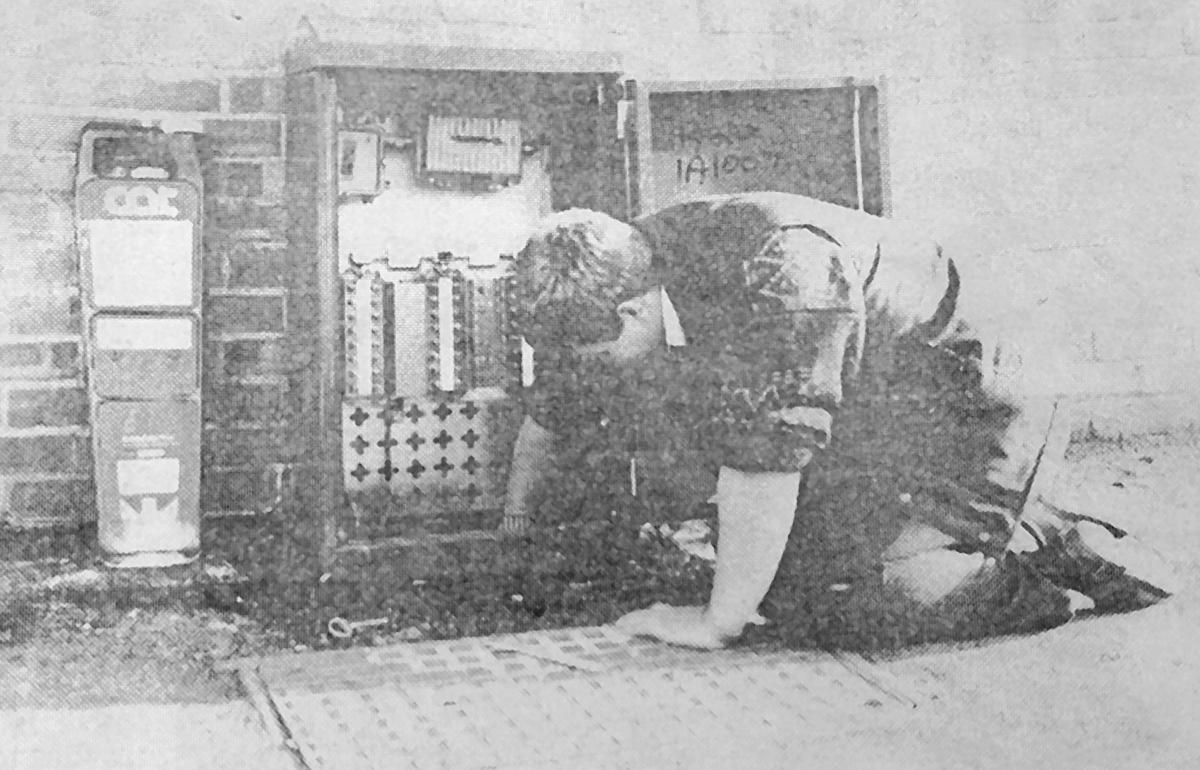In this modern era, we find ourselves immersed in a world where a multitude of television channels and on-demand content await our command, providing a vast array of captivating visual and auditory experiences with just a simple click of a remote control.
Netflix, Amazon Prime, Apple TV, Disney+ and Now TV are a few of the subscriber services which now dominate the scene - but that has not always been the case.
A groundbreaking event occurred in November 1936 when the BBC launched the globe's first standard high-definition television service at Alexandra Palace - paving the way for TV as we know it today.

In 1955 came ITV, BBC II in 1967 and Channel 4 in 1982. But it wasn’t until the advent of cable television when Southampton viewers would be treated to channels in double figures. During the mid-1980s, much debate was had over who would be awarded the contract to install the cables in Southampton, Eastleigh and Chandler’s Ford.
After careful consideration, the local group known as Southampton Cable, comprising members from Pirelli, a prominent merchant bank, and Southern Newspapers, successfully secured the contract.
Although the digging of pavements began in 1987, the mammoth 280-mile cable laying operation didn’t get underway until 1989. The work was carried out by many contractors, including McNicholas Construction Company, each with the aim of reaching completion within three years.

Waves of households had their television sets tuned to the newly launched cable service in March 1990, managed by Videotron South, a Canadian company that garnered support from local businesses invested in the project.
Nestled along West Quay Road, a tall reception tower captured satellite television signals. These were then channelled through a central hub via fibre optics to distinct green control cabinets stationed throughout the neighbourhood. Finally, the signals seamlessly flowed through subterranean cables, making their way into the households of eager subscribers.

The original setup had more than 24 channels, with the capacity of allowing up to 70, although upgrades to the exchanges and network have seen it increase dramatically over the years In February 1999 Videotron changed to Cable and Wireless before becoming NTL in June 2000.
Acquired by Virgin Media in 2006, the network of fibre optic cables delivers television, internet, and telephone connectivity to numerous households and commercial establishments in the area.














Comments: Our rules
We want our comments to be a lively and valuable part of our community - a place where readers can debate and engage with the most important local issues. The ability to comment on our stories is a privilege, not a right, however, and that privilege may be withdrawn if it is abused or misused.
Please report any comments that break our rules.
Read the rules here